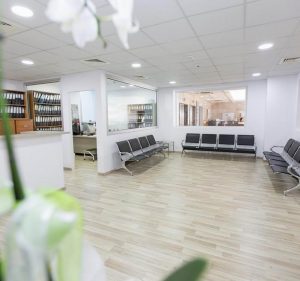Jaw surgery is also known as Orthognathic surgery, Corrective Jaw surgery and Double Jaw surgery. The purpose of an Orthognathic surgery is to correct the irregularities of the jaw bones and realign the jaws (maxilla & mandible) and teeth so as to improve the functionality of the Stomatognathic system and the facial aesthetics. Overall, an Orthognathic Surgery can improve your facial appearance and restore the smile on your face.
Usually, an Orthognathic surgery is the best corrective solution where Orthodontic treatment alone, cannot resolve existing jaw problems. In most cases, patients need to have braces on their teeth not only before surgery and during recovery, but also after surgery until healing and alignment are achieved. Collaboration between an Orthodontist and a Maxillofacial surgeon is essential to determine the appropriate treatment plan that matches your needs.
This operation can be performed by an Oral and Maxillo-facial surgeon under general anesthesia. Depending on the case, the duration of an Orthognathic surgery ranges between three to six hours and patients are required to be hospitalized for at least one night. Ideally, jaw surgery is appropriate after growth stops. This usually applies around 14 to 16 years of age for females and 17 to 21 years of age for males.















